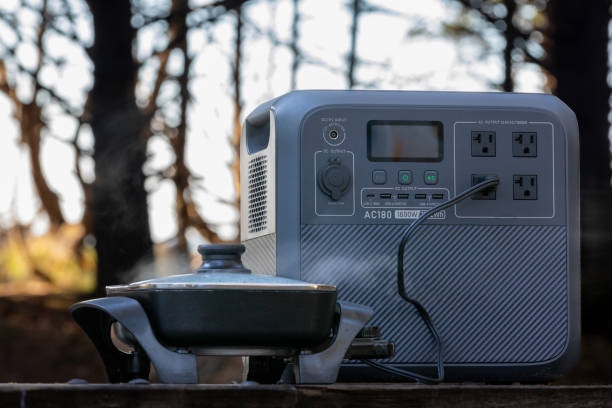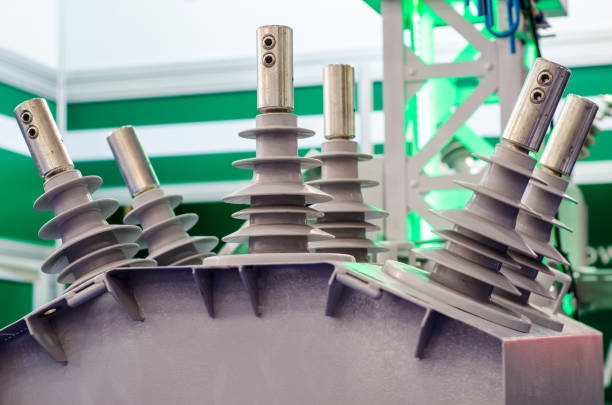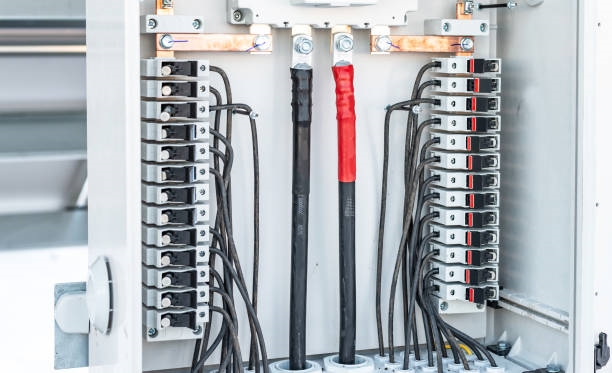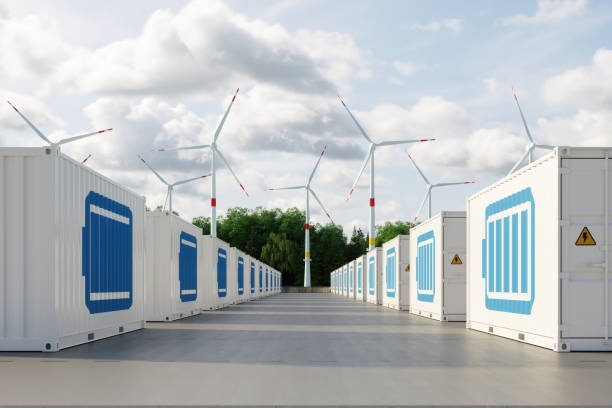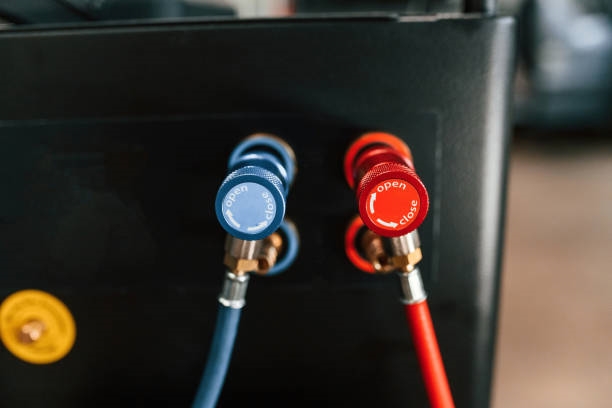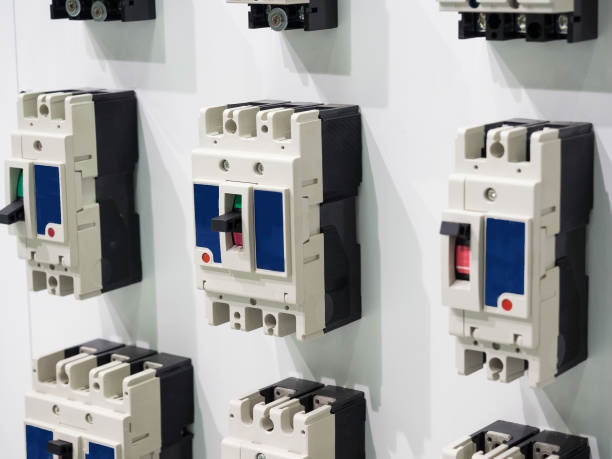Overview
In a distribution room, a power factor correction (PFC) cabinet can be installed either at the upstream end of the through busbar (near the transformer) or at the downstream end (far from the transformer). This article compares the two installation positions in terms of through-busbar capacity, operating environment, and correction effectiveness to identify the most economical installation in a distribution room.
Installation Types
Type 1: Installed at the upstream end (near the transformer)
Type 2: Installed at the downstream end (far from the transformer)
Installation Position Comparison
Type 1: Upstream end (near the transformer)
If the PFC cabinet is installed at the upstream end of the through busbar, all load current flows through the cabinet's through busbar. Therefore, the through busbar capacity must be sized to carry all load currents, resulting in a larger required busbar capacity.

Type 2: Downstream end (far from the transformer)
When the PFC cabinet is placed at the downstream end, the cabinet's through busbar only needs to carry the PFC operating current plus margin. As a result, the required through busbar capacity is smaller than in the upstream configuration.
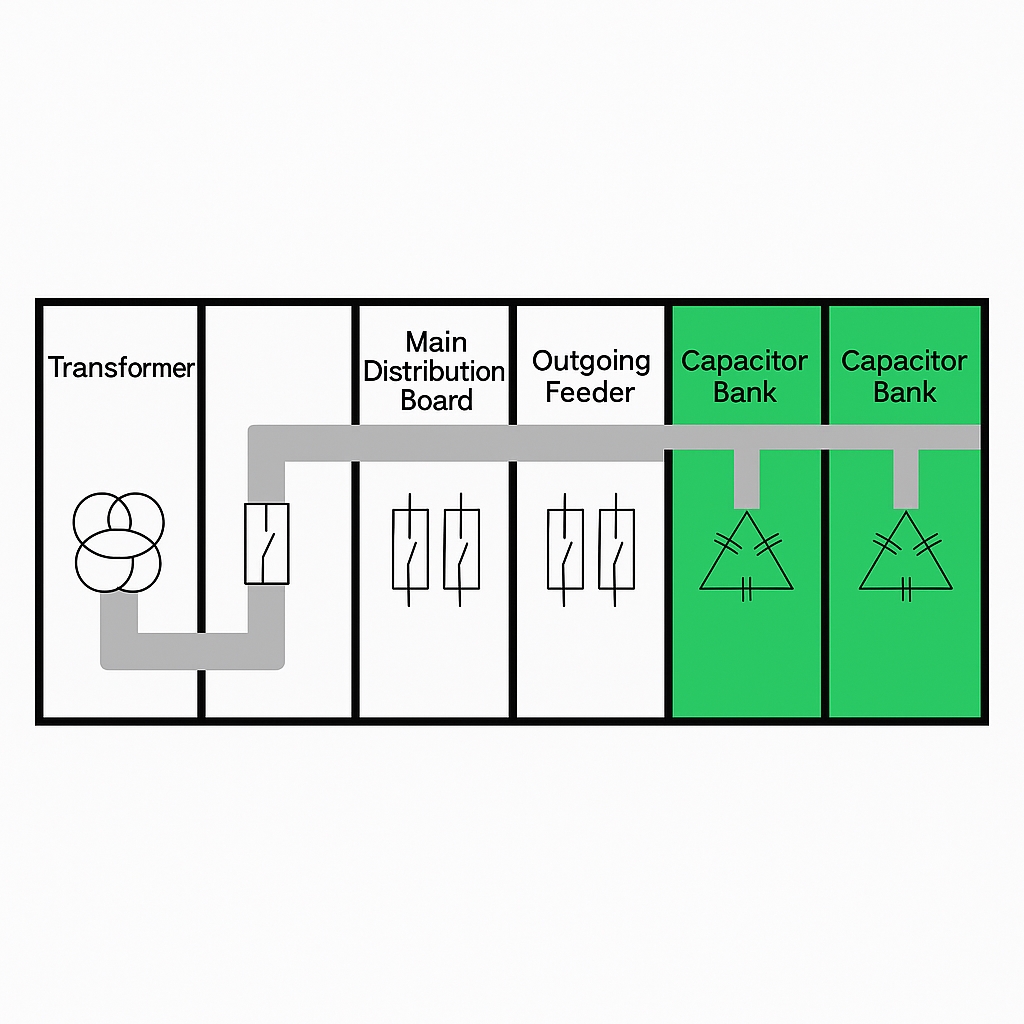
Summary
From an equipment cost perspective, placing the PFC cabinet at the downstream end of the through busbar is the most economical option. Note that current sampling arrangements should be considered in this configuration.
Operating Environment Comparison
Capacitors inside PFC cabinets are sensitive to ambient temperature. The installation location should consider ambient temperature to extend capacitor life.
Type 1: Upstream end (near the transformer)
A PFC cabinet installed near the transformer is exposed to higher ambient temperatures due to the transformer heat and larger currents in the through busbar, which raises internal cabinet temperature.
Type 2: Downstream end (far from the transformer)
A cabinet at the downstream end is farther from the transformer and its through busbar carries only the compensation current, resulting in lower losses and lower internal temperatures compared with the upstream location.
Correction Effect Comparison
Whether the PFC cabinet is installed at the upstream or downstream end, the effects on system power factor improvement, reduction of apparent current, and harmonic mitigation are the same. Installation position does not affect the correction effectiveness.
Conclusions
- Installing the PFC cabinet at the downstream end requires the smallest through-busbar capacity and is the most economical.
- Placing the cabinet at the downstream end has the least impact on the distribution room layout and equipment.
- Correction effectiveness is equivalent regardless of whether the cabinet is installed at the upstream or downstream end.
Therefore, installing the PFC cabinet at the downstream end of the through busbar is generally the most economical configuration.
 ALLPCB
ALLPCB


